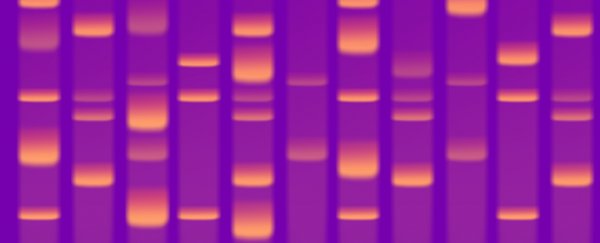CRISPR is a type of gene-editing technology that lets scientists more rapidly and accurately 'cut' and 'paste' genes into DNA. It is based on a targeted DNA-destroying defence system originally found in certain prokaryotes.
CRISPR stands for Clustered Regularly Interspaced Short Palindromic Repeats, a term that describes a family of nucleic acid sequences that were discovered in archaea and bacteria in the 1990s containing copies of virus genes. It appeared that somehow these organisms had stolen genes out of viruses, and researchers wanted to figure out why.
While the sequences were initially a mystery, by 2007 it had become clear that they protected the cells against infection, as a kind of microbial immune system.
If a virus tried to infect the bacteria or archaea, CRISPR-associated (or 'cas') enzymes would seek out and break apart the infectious nucleic acid sequences identified by the code, destroying any potentially deadly viruses represented in the CRISPR library.
This ability to identify specific DNA sequences with precision and break them apart was quickly recognised as a perfect tool for editing genes. A protein called Cas9 can be used in conjunction with engineered CRISPR sequences to hunt down codes and slice into them like a molecular scalpel, allowing geneticists to cut out a target gene, either to remove it or replace it with a new sequence.
How CRISPR is used
CRISPR-based technology has been applied to a variety of tasks in the past decade, from removing genes responsible for diseases, to destroying drug resistant superbugs, to creating molecular recording devices.
Concerns over the risks and ethics involved in applying the technology - especially where human genes are concerned - have arisen, and will no doubt affect its applications. At the end of 2018, Chinese scientist He Jiankui controversially claimed he had used CRISPR on human embryos that ended up being carried to term and born, but this is still being investigated.
Despite controversies, CRISPR remains one of the most powerful tools for gene editing in the foreseeable future.
All topic-based articles are determined by fact checkers to be correct and relevant at the time of publishing. Text and images may be altered, removed, or added to as an editorial decision to keep information current.
